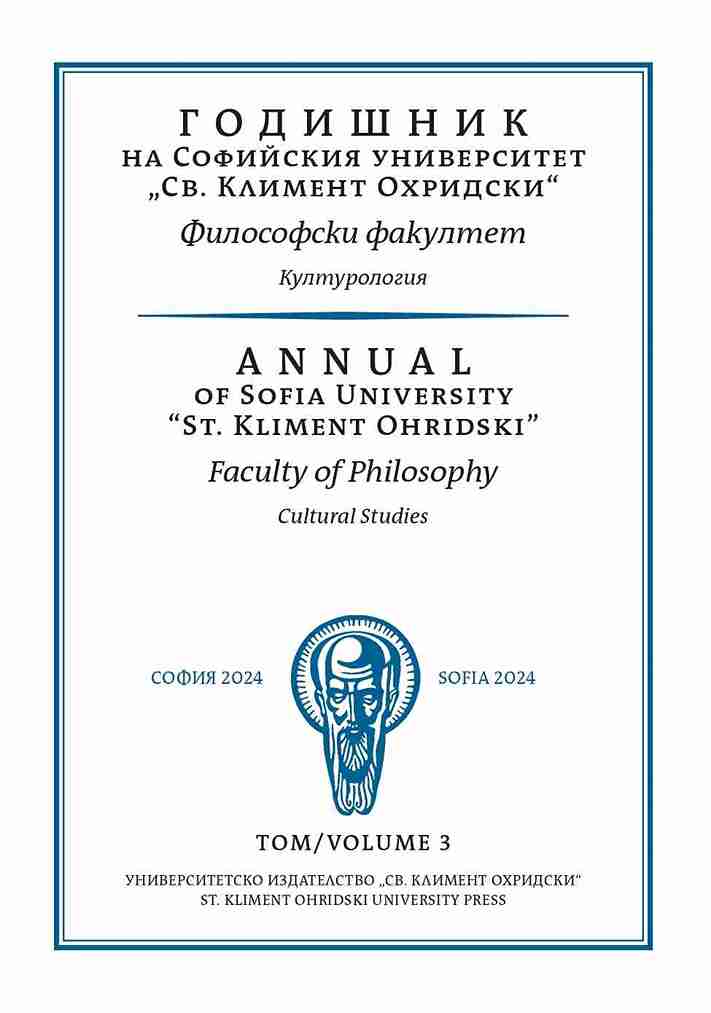Колко тежи изкуството? Игра и сериозност от Кант до Ватимо
How much does art weight? Play and seriousness from Kant to Vattimo
Author(s): Lyuboslava Hristova-PetrovaSubject(s): History, Philosophy, History of Philosophy, Aesthetics, History of ideas, Contemporary Philosophy
Published by: Софийски университет »Св. Климент Охридски«
Keywords: play; art; aesthetic play; aesthetic judgment; knowledge; Kant; modernity; postmodernity
Summary/Abstract: Although initially the concept of art as play incorporates the idea of art’s autonomy and irreducibility to the control of rational concepts, as outlined by Kant, its later interpretations are marked by the shadow of inevitable comparisons with its irrevocable antipode – seriousness. Deeply embedded in the concept is the risk of reducing art to the lightness of enjoyment and entertainment, far from the serious dimensions of life, or to purely subjective expression at the expense of truth and knowledge. Authors such as Schiller and Gadamer attempt to rehabilitate art’s weight, redefining precisely the concept of “play” into a key feature of human nature or humanitarian knowledge respectively. Lyotard advocates the special status of art-as-play, capable of rewriting the rules of the other spheres of life. While according to critics of the concept, such as Vattimo, the term itself is at the heart of depriving art of ontological and existential weight.
Journal: Годишник на Софийския университет „Св. Климент Охридски“. Философски факултет. Културология
- Issue Year: 2024
- Issue No: 3
- Page Range: 134-167
- Page Count: 34
- Language: Bulgarian

